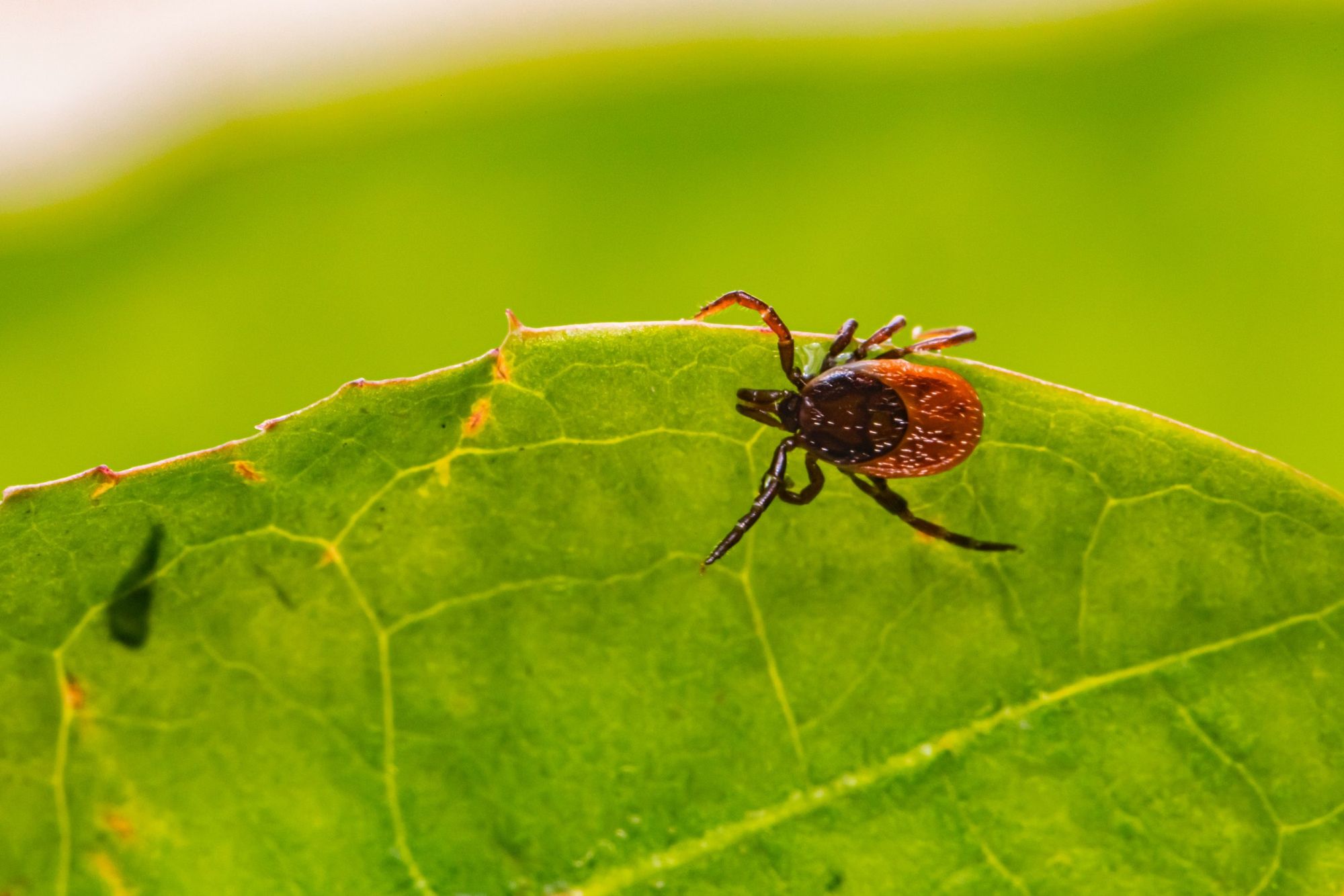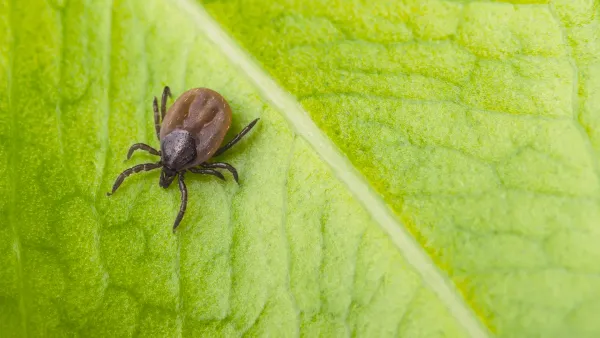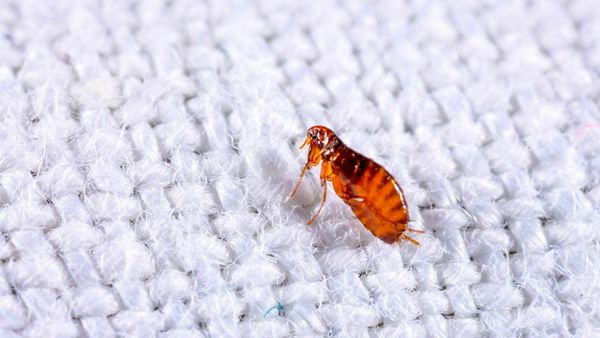With the growing concern about tick-borne diseases, many homeowners are increasingly vigilant about keeping their yards tick-free. Ticks can transmit a range of diseases, including Lyme disease, which affects both humans and pets.
Ensuring your yard remains tick-free not only protects your family's health but also ensures a safe environment for outdoor activities. In this article, we'll delve deep into tick yard treatment, offering tips, techniques, and best practices to keep these pests at bay.
Why is Tick Yard Treatment Essential?
Health Concerns
Ticks are vectors for multiple diseases, with Lyme disease being one of the most infamous. Other illnesses, such as Rocky Mountain spotted fever, can also arise from tick bites.
Protecting Pets
Our furry friends love to roam the garden, making them susceptible to tick bites. Regular yard treatments can minimize the risk for pets.
Enhanced Outdoor Experience
A tick-free garden ensures that family activities, BBQs, and outdoor relaxation are safe and enjoyable.
Steps to Implement Effective Tick Yard Treatment
1. Know Your Enemy
Before initiating any treatment, it's vital to recognize the type of ticks you're dealing with. The most common species in the U.S. include the black-legged tick (or deer tick), the American dog tick, and the Lone Star tick. Each has its own habits and habitats, so understanding which ticks inhabit your area can guide your treatment strategy.
2. Regular Lawn Maintenance
Ticks thrive in long grass and unkempt areas. Regular mowing, leaf litter removal, and pruning of overgrown vegetation reduces their habitats.
3. Create Tick-Free Zones
Consider creating barriers with wood chips or gravel between your lawn and wooded areas. This can deter ticks from crossing into the yard. Additionally, ensure that playgrounds, patios, and decks are away from the yard's edge and trees.
4. Effective Use of Pesticides
There are several tick-killing pesticides available, including permethrin, cyfluthrin, and carbaryl. When using them:
- Always follow the manufacturer's instructions.
- Consider environmental impacts. Avoid contaminating water sources and harming beneficial insects.
- If unsure about application methods, consider hiring a professional exterminator.
5. Introduce Beneficial Nematodes
These are microscopic worms that feed on tick larvae. By introducing them to your yard, you can reduce the tick population naturally.
6. Keep Wildlife Away
Many animals, especially deer, can bring ticks into yards. Consider installing deer-resistant fencing and using deer repellents. Similarly, discourage rodents by sealing gaps in your home and using rodent traps.
7. Regular Inspections
After spending time outdoors, always inspect yourself, your children, and pets for ticks. Catching and removing ticks early can prevent potential infections.
8. Natural Repellents
Some homeowners swear by natural repellents, such as essential oils (e.g., eucalyptus, lemon, and cedarwood). While they might not be as effective as chemical treatments, they can offer some level of deterrence.
9. Educate & Inform
Ensure all family members are aware of tick risks and precautions. This collective awareness can significantly reduce the chances of tick bites.
Supplemental Strategies for Tick Yard Treatment
Tick Tubes: An Underutilized Tool
Tick tubes are a potent tool that many homeowners are unfamiliar with. They contain cotton balls soaked in permethrin. Rodents collect this treated cotton to line their nests. Since many ticks get their first blood meals from these rodents, they're exposed to the permethrin and are eliminated in the process.
Landscape Adjustments for Tick Reduction
Your landscaping choices can influence the tick population in your yard:
Sunlight and Dryness: Ticks thrive in damp, shaded environments. By letting more sunlight into your yard and reducing moisture (e.g., by removing leaf litter and trimming tall grasses), you create an environment that's less hospitable for ticks.
Plant Tick-Repelling Plants: Certain plants like lavender, rosemary, and chrysanthemums have tick-repelling properties. Incorporating them into your garden can serve a dual purpose: beautifying your space and keeping ticks at bay.
Tick Traps
These are devices designed to capture ticks by luring them in. While they might not eradicate an entire population, they can significantly reduce numbers and provide insight into the tick activity in your yard.
Stay Updated with Local Tick Activity
Often, local health departments or universities will offer information about tick activity in different regions. Staying updated on this information can provide insight into when your yard is at the highest risk.
Professional Tick Yard Treatment Services
If the tick problem in your yard is extensive or if you're not comfortable handling pesticides, consider hiring a professional. These experts have specialized equipment and knowledge to effectively and safely treat your yard for ticks.
Final Thoughts
The battle to effectively control ticks in our backyards is of paramount importance, especially given the potential health hazards posed by tick infestations. Employing a strategic combination of tick repellent, tick pesticides, and landscape modifications, like maintaining short, tall grass, can go a long way in discouraging ticks. Tick infestation should not be a headache for any landscaping enthusiasts.
Deer ticks, adult ticks, and other species lurk in the shadows, waiting for an opportunity to latch onto their hosts. Therefore, homeowners should prioritize eliminating existing ticks and deploying powerful tick killers throughout their entire yard to prevent new populations from taking root. In killing ticks, it is important to implement a solid game plan that kills ticks in the most effective and efficient way.
Moreover, while several solutions kill ticks, it's essential to choose the most appropriate tick killer for your specific situation. A holistic approach to tick control not only targets existing ticks but also ensures effective tick control in the long run. Tick populations can be largely controlled using the steps provided. By understanding the behaviors and preferences of these pests, such as their love for tall grass and shaded areas, we can better tailor our strategies to eliminate ticks and reduce the risk of future infestations.






